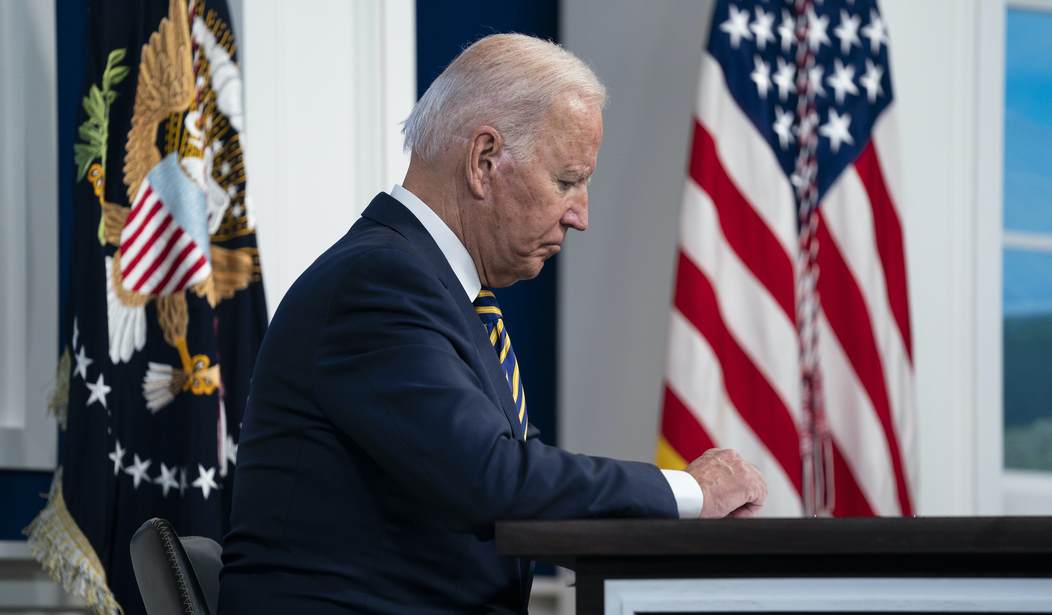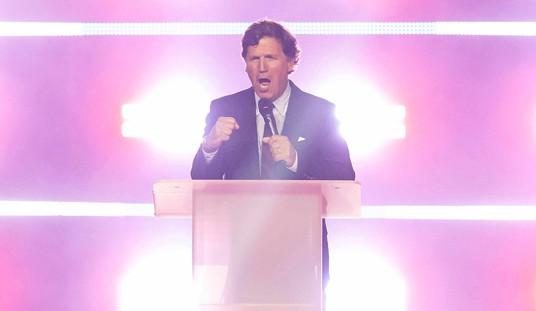On Thursday the Occupational Safety and Health Administration issued the interim final rule and request for comment regarding the COVID-19 vaccine mandate for companies with 100 or more employees. The mandate will be imposed on tens of millions of workers in the United States.
The entire document comes in at just under 500 pages. You can read it in its entirety below.
Stacey Lennox will have more on this in the coming days, but for now, I’d like to highlight a few areas of the proposed rule.
What exactly does the rule mandate?
- Per the Emergency Temporary Standard (ETS), “covered employers must develop, implement, and enforce a mandatory COVID-19 vaccination policy, with an exception for employers that instead adopt a policy requiring employees to either get vaccinated or elect to undergo regular COVID-19 testing and wear a face covering at work in lieu of vaccination.”
When does it go into effect?
- The mandate will go into effect on the date of publication, which is expected to be Friday, Nov. 5th.
What rationale does OSHA use to claim it has authority to issue the rule?
- OSHA says it has the legal authority to enforce the mandate because “employees are subject to grave danger from exposure to substances or agents determined to be toxic or physically harmful or from new hazards, and an ETS is necessary to protect employees from such danger.” Further, OSHA has “determined that many employees in the U.S. who are not fully vaccinated against COVID-19 face grave danger from exposure to SARS-CoV-2 in the workplace.”
- OSHA has also determined that an ETS is necessary “to protect unvaccinated workers from the risk of contracting COVID-19 at work.” At the present time, “workers are becoming seriously ill and dying as a result of occupational exposures to COVID-19, when a simple measure, vaccination, can largely prevent those deaths and illnesses.”
- “This finding of grave danger is based on the science of how the virus spreads, the transmissibility of the disease in workplaces. The protections of this ETS—which will apply, with some limitations, to a broad range of workplace settings where exposure to SARS-CoV-2 may occur—are designed to protect employees from infection with SARS-CoV-2 and from the dire, sometimes fatal, consequences of such infection.”
What about workers who have previously been infected with COVID-19?
- OSHA determined that “workers who have been infected with COVID-19 but have not been fully vaccinated still face a grave danger from workplace exposure to SARS-CoV-2,” but admits that “this is an area of ongoing scientific inquiry.” “Given scientific uncertainty and limitations in testing for infection and immunity, OSHA is concerned that it would be infeasible for employers to operationalize a standard that would permit or require an exception from vaccination or testing and face covering based on prior infection with COVID-19,” therefore those who have recovered from a COVID-19 infection are included in the vaccination mandate.
- OSHA finds that “there is insufficient evidence to allow the agency to consider infection-acquired immunity to allay the grave danger of exposure to, and reinfection from, SARS-CoV-2,” while admitting that the science on infection-acquired immunity is “evolving.”
Why is this being imposed on workplaces when COVID-19 is found everywhere in society?
- The fact that COVID-19 is not a uniquely work-related hazard “does not change the determination that it is a grave danger to which employees are exposed, nor does it excuse employers from their duty to protect employees from the occupational transmission of SARS-CoV-2.” The OSH Act is intended to “assure so far as possible every working man and woman in the Nation safe and healthful working conditions.”
Is OSHA following the procedural requirements?
- The ETS provision “exempts the Secretary from procedural requirements contained in the OSH Act and the Administrative Procedure Act, including those for public notice, comments, and a rulemaking hearing.” Further, “The Secretary must issue an ETS in situations where employees are exposed to a ‘grave danger’ and immediate action is necessary to protect those employees from such danger.”
- Additionally, “OSHA’s authority to require employers to bear the costs of particular provisions of a standard is solidly grounded in the OSH Act.”
What about remote workers?
- “Employees who report to workplaces where no other people are present face no grave danger from occupational exposure to COVID-19 because such exposure requires the presence of other people. For those who work from their homes, or from workplaces where no other people are present (such as a remote worksite), the chances of being exposed to SARS-CoV-2 through a work activity are negligible. Therefore, OSHA is exempting those workers who do not come into contact with others for work purposes from its grave danger finding as well as the scope of the ETS.“
How about employees who work outdoors?
- “OSHA acknowledges that the risk of transmission of SARS-CoV-2 in outdoor settings is not zero, and that there may be some low risk to workers performing general tasks exclusively in outdoor settings. However, where studies have been able to differentiate between indoor and outdoor exposures, they indicate that indoor exposures are the much more significant drivers of SARS-CoV-2 infections. Therefore, the best available evidence at this time does not provide OSHA with the information needed to establish SARS-CoV-2 as a grave danger for general work activities in outdoor settings,” and so “those who work outdoors are not subject to the mandate at this time.”
How many public-sector employees will be affected by this rule?
- OSHA estimates that there are over 26 million workers subject to the rule who remain unvaccinated at present and therefore are in grave danger. As a result of this ETS, the agency estimates that 72% of them will be vaccinated.
READ THE ENTIRE DOCUMENT:
COVID-19 Vaccination and Testing; Emergency Temporary Standard by PJ Media on Scribd










